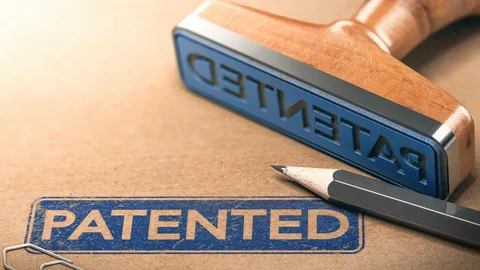Getting a patent for your invention can be quite costly. This is because it will include the cost of preparing and filing your application as well as any fees for modifying, enforcing, or maintaining the patent.
Patent holders are required to pay maintenance fees 3.5, 7.5, and 11.5 years after the original patent issue. The USPTO recently proposed a significant increase in fees, which are expected to be implemented in January 2025.
Costs of a patent application
The cost of a Patent fees application depends on the type of invention and the amount of work required. It is important to understand the full costs of the process before you begin. It is also important to know that you may incur additional costs once the Patent Office examines the patent application. These costs are called prosecution fees and can range from a few thousand dollars to over $10,000.
The basic fees for filing a patent application include a basic filing fee, search fee, and examination fee. Other fees may be due at the time of filing such as a micro entity fee, excess claims fee, and an application size fee. These fees are available on the USPTO fee schedule and are subject to change.
The cost to upgrade a provisional patent application to a non-provisional application can be around $1,500. Continuing costs may include the cost of an attorney to negotiate with the Patent Office, and each response to the Examiner’s rejection or objection can cost over $1,000.
Costs of a patent examination
A patent examination is a complex process that involves many different legal and technical issues. This process can be costly, and it is important to know the costs before you file your application. There are various fees involved in the process, including search, filing, and examination fees. The cost of a patent will vary depending on the size of your business and the type of invention. The costs will also depend on whether the patent is for a new or old product, and the complexity of the invention.
Inputs to patent examination quality are correlated with the rate at which issued patents are involved in litigation, and increasing examiner effort could reduce these costs. However, there are several constraints on the feasibility of increasing examiner effort. For example, the current USPTO budget is constrained by Congressional appropriations that have resulted in total budget rescissions of $150 million from 1996 to 2000.
Costs of a patent appeal
The cost of a patent appeal can vary significantly. Unlike design applications, which have a high level of certainty, utility patent applications are highly unpredictable. In fact, according to a Yale study, a typical utility application has up to a 90% chance of receiving a first rejection called an Office Action. Each response to an Office Action requires hours of work by your attorney, resulting in significant additional costs.
If your application receives a final rejection from the examiner, you may choose to file a reexamination or an appeal before the Patent Trial and Appeal Board (PTAB). Generally, the drafting of the Appeal Brief is the most expensive task in an appeal. Our fees for drafting an Appeal Brief typically range from $4,000 to over $10,000.
If you decide to file an international patent application, it will require hefty USPTO fees that vary by country and the length of time the patent is granted. You will also need to pay search fees to locate similar prior art.
Costs of a patent maintenance
In some countries, maintenance fees are required to keep a granted patent in force. These fees are also known as patent annuities. Depending on the country, these fees can start low and quickly escalate to a thousand dollars or more per year.
If the patent maintenance fees are not paid, the patent lapses and no longer provides protection from infringers. Although these fees may seem expensive, many inventors find that they are worth the ongoing investment.
The USPTO accepts payments of maintenance fees online through the Patent Maintenance Fees Storefront or by deposit in a USPTO deposit account. Alternatively, you can pay through EFT (electronic funds transfer). The fees can be paid by either an individual or a corporation. If you are a micro entity or small entity, you can get a discount on the fees. To be eligible for the discounts, you must file a declaration of micro or small entity status in your patent.









